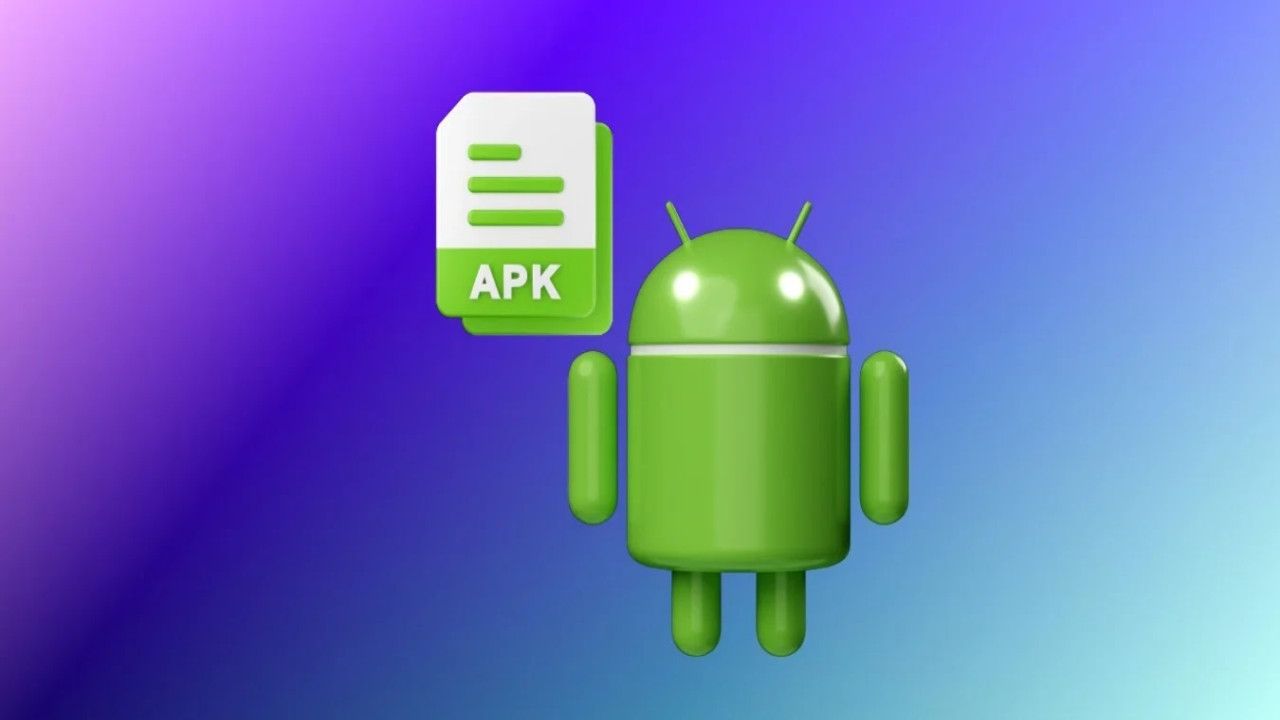Seamlessly Transfer APK Files: Effortless Sharing Across Devices
In the world of Android, APK files – the building blocks of apps – are essential. Whether you're a developer sharing your latest creation or simply want to transfer an app between devices, knowing how to efficiently and securely transfer APK files is crucial. This guide explores various methods and best practices for seamless APK file transfers.
Choosing the Right Transfer Method:
The optimal transfer method depends on several factors:
- Distance: Are the devices located close together or geographically separated?
- File Size: How large is the APK file?
- Convenience: Which method is easiest for your specific situation?
Here are some popular options for seamless APK transfers:
- Bluetooth: Ideal for short-range transfers between nearby devices. While convenient, Bluetooth has slower transfer speeds compared to other options.
- File Sharing Apps: Specialized apps designed for easy and efficient file transfers across various platforms. Some popular examples include SHAREit, Xender, and Zapya. These apps offer user-friendly interfaces and fast transfer speeds.
- Cloud Storage Services: Versatile platforms like Google Drive, Dropbox, or OneDrive allow you to upload APK files and access them from any device with an internet connection. This method is ideal for larger files and situations where the sender and receiver are not in close proximity.
- Direct Transfer (USB Cable): A reliable and fast method for wired connections. This is particularly useful for transferring large APK files quickly and securely.
Security Considerations:
- Source Verification: Always ensure the APK file originates from a trusted source to avoid malware risks.
- Virus Scans: Before opening or installing any downloaded APK file, scan it with a reputable antivirus software.
- Unknown Sources Setting: On Android devices, enable "Unknown Sources" only when installing APKs from non-official sources (like Google Play Store) and then disable it again for enhanced security.
Step-by-Step Example: Transferring an APK with SHAREit
- Install SHAREit: Download and install SHAREit on both the sending and receiving devices.
- Open the App: Launch SHAREit on both devices.
- Sender Action: Tap "Send" and locate the APK file you wish to transfer. Select the file.
- Receiver Action: On the receiving device, tap "Receive" and wait for the sender's device to appear on the screen.
- Connection: The sender taps the icon of the receiver's device to initiate the transfer.
- Accept Transfer: The receiver taps "Accept" to begin receiving the APK file.
Additional Tips for Seamless Transfers:
- Clear File Naming: Use a descriptive and clear naming convention for your APK files to simplify identification during transfers.
- Compression: For larger files, consider compressing them with ZIP or RAR before transferring to reduce file size and potentially shorten transfer times.
- Post-Transfer Verification: After transferring the APK file, verify the file size and integrity on the receiving device to ensure a successful transfer.
Conclusion
Understanding various transfer methods and best practices allows you to seamlessly transfer APK files amongst devices. By prioritizing security and employing the right method for your needs, you'll ensure swift and secure sharing of your Android applications.








Comments (0)